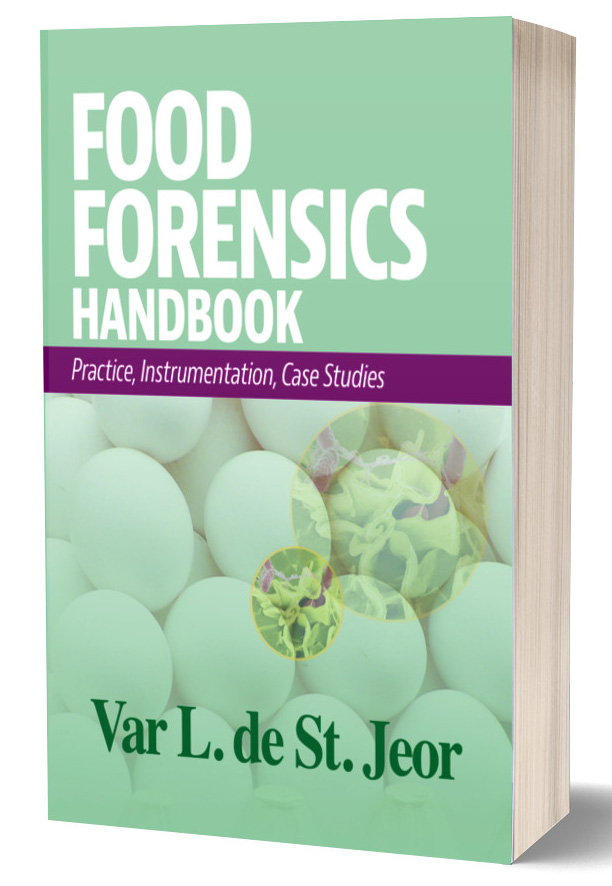Foodborne Botulism in Canadian Indigenous Communities Greatly Decreased During 2006–2021

Image credit: wasi1370 via Pixabay
During 2006–2021, Canada saw 55 laboratory-confirmed outbreaks of foodborne botulism, according to a recent article published in the U.S. Centers for Disease Control and Prevention’s (CDC’s) journal Emerging Infectious Diseases. The 55 outbreaks of foodborne Clostridium botulinum infection involved 67 individual cases.
To characterize the history of foodborne botulism in Canada from 2006–2021, researchers examined two independent laboratory databases, one from Health Canada’s Botulism Reference Service (BRS) and the other from the British Columbia Center for Disease Control’s (BCCDC’s) Public Health Laboratory. BRS receives and tests clinical and food specimens associated with suspected botulism cases from all provinces and territories, while BCCDC’s Public Health Laboratory provides clinical and foodborne botulism testing services for British Columbia, and also tests specimens from the Yukon Territory.
During the reporting period, 31 foodborne botulism cases occurred in Quebec, 15 in Ontario, six in Alberta, five in Nunavut, three in British Columbia, three in Northwest Territories, two in Manitoba, one in Saskatchewan, and one in Newfoundland and Labrador. Foodborne botulism in Indigenous communities accounted for 46 percent of all cases, which is down from 85 percent of all cases during 1990–2005. Although the consumption of traditional Indigenous foods historically associated with botulism did not decrease during 2004–2017 and accounted for approximately 40 percent of all meat and fish consumed in Canada’s far north, the significant reduction of foodborne C. botulinum infection among Indigenous communities highlights the benefit of communicating the risk for disease and risk reduction strategies.
C. botulinum serotype E was implicated in the most cases (52 percent) across Canada during the reporting period. Other serotypes of foodborne botulism across Canada included 16 cases of type A, 11 cases of type B, and two cases of type F.
Most of the botulism outbreak case patients experienced severe illness requiring hospitalization, with 78 percent being transferred to special care units and 70 percent being put on mechanical ventilation. In 14 percent of cases, the patient died. The researchers performed one-way analysis of variance tests to compare the C. botulinum serotype of infection with the length of hospital stay and time spent in special care, and found type A to be associated with significantly longer hospital stays than types B or E. The seven deaths that occurred during the reporting period were associated with two cases of type A, one case of type B, one case of type E, and one case of undetermined serotype.
The researchers note that cases of botulism during the reporting period might have been underreported because of misdiagnosis or lack of appropriate diagnostic coding. Food history and collection can be delayed by misdiagnosis after an outbreak, resulting in discarding of implicated foods. Improved communication between hospital staff, diagnostic laboratories, and public health officials would help ensure that a food history and sampling is performed for each laboratory-confirmed case of foodborne botulism.
Looking for a reprint of this article?
From high-res PDFs to custom plaques, order your copy today!






